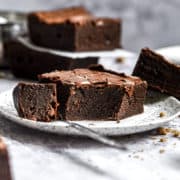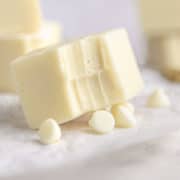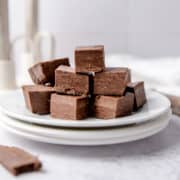Fresh strawberries are always a joy to eat and a staple fruit of the summer. However, unless you know the best way to store strawberries, they can spoil pretty fast. So should you store them at room temperature or in a mason jar? Will they last longer in an airtight container or in their original packaging? Let's take a closer look at these delicious, healthy berries and find out exactly how to maximize their shelf life.
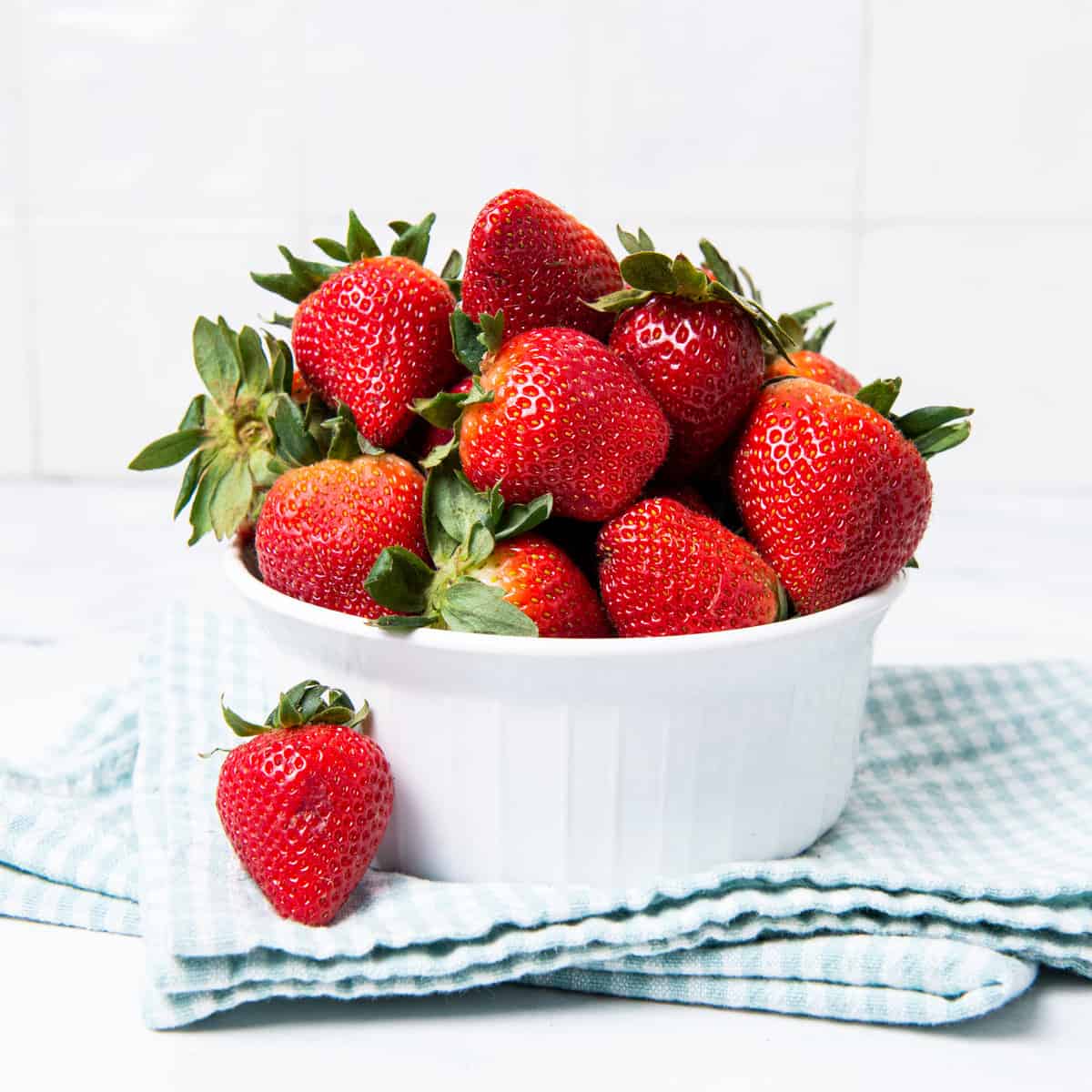
Jump to:
Most people like the flavor of strawberries. In fact, many would say strawberries are their favorite berry. They are a versatile fruit that features in a wide variety of breakfast recipes, smoothies and shakes, appetizers, and of course desserts.
Whether you're making homemade ice cream with these fresh berries or using them in strawberry jam, brownies, parfait, or even granita, these mouthwatering berries are sure to tantalize your taste buds.
Strawberries have health benefits too. A cup of fresh strawberries has just 53 calories, and they are a good source of antioxidants, Vitamins C and K, magnesium, potassium, calcium, phosphorus, and folate. They are low in carbs and fats too.
My family loves strawberries and I add them to all kinds of dishes. One of my favorite summer salads combines fresh strawberries with spinach, feta cheese, and candied nuts, along with a balsamic vinaigrette - it's so good, you have to try it!
What are Strawberries?
Strawberries (Fragaria) are juicy, plump berries with a distinctive, sweet flavor. They are a member of the rose family. Summer is the main season for strawberries, but they can be grown year-round. Small and medium-sized berries typically offer a sweeter flavor than the large ones, and there are different types which can be broken down into 3 main varieties:
- June-bearing strawberries, which is the most popular variety in the United States.
- Day-neutral strawberries, which tolerate cold temperatures but have a weaker flavor
- Ever-bearing strawberries, which produce one crop in the spring and another during late summer or early fall
The garden strawberry (Fragaria X Ananassa) is the most common type and they are enjoyed all over the world. The first ones were grown in Brittany, France, in the 18th century. Strawberries are a herbaceous plant with a crown, from where the leaves, roots, and fruit grow. They have a fibrous root system and small white flowers from which the berries grow.
How to Select the Best Strawberries
When shopping for strawberries, look out for a natural shine, fresh-looking green caps, and a vivid red color. Avoid any that show visible signs of mold, discoloration, or mushy bruising, and look at the bottom of the container to make sure there's no moisture in there because sitting in moisture can rapidly result in mold. Don't buy strawberries that are white in places, since that means they are under-ripe and, once picked, they don't continue to ripen.
Although large strawberries are often cheaper per pound, smaller ones are usually sweeter and juicier. If possible, buy local, since grocery store strawberries are usually picked before they're fully ripe so they can survive the whole shipping process.
Strawberries with very minimal bruising would work in recipes such as strawberry sauce, cake cookies, and muffins. However, if the berries are going to be visible or used as a garnish, such as with a strawberry shortcake, choose the best-looking strawberries you can find.

How to Store Strawberries
Strawberries aren't going to last for long at room temperature before they spoil. They keep for a day or two at room temperature, but if the temperature is very hot, they can spoil within hours. The best storage method is to keep them in the refrigerator. This is how to prep and store your strawberries to keep them fresh and extend their shelf life:
- Because excess moisture on fresh berries makes them likely to develop mold, you will want to store unwashed strawberries and only rinse them when ready to eat them. Keep them whole during storage rather than slicing them because cut strawberries go bad faster.
- Put the strawberries in the original container in the crisper drawer of your refrigerator if you plan to use them within a few days.
- If you want to store them for longer, keep them in a single layer. You can do this by placing a paper towel between each layer of whole berries in a container. The reason for this is that mold can spread quickly from berry to berry, so you should minimize contact and moisture.
- Cover the container with a tight-fitting lid and put it in the refrigerator. If the strawberries stay dry and the container is airtight, they should easily last up to a week.
Some people like to use a white vinegar bath or vinegar wash before storing their berries. If you want to try this, combine 2 cups of water with 1 cup of white vinegar, or however many parts water to vinegar you need for the amount of fruit you have.
Submerge the strawberries in there and then rinse them under cold water to remove the vinegar smell and taste. Some chefs like this method while others believe it can wilt the berries and reduce their flavor. Personally, I’ve never had any issues when using this method!
How to Tell if Strawberries Have Gone Bad
Spoiled strawberries are mushy with brown spots. They might also be leaking juice and have white fuzzy mold on them. They might have an alcoholic smell if they're beginning to spoil, and if they aren't in the refrigerator, might be attracting bugs such as fruit flies. Discard any strawberries with mold, since the mold spores might have spread into the fruit and isn't always visible.
Bad strawberries are soft and squishy since they have started to decompose. If only some are mushy, discard them before they pass on bacteria to the strawberries which are still firm. If the green leafy stalk on top is brown and dry, this is another indication the berries are past their prime, and the strawberries themselves lighten in color as they age.
If your berries are free from bugs and mold and smell good, they should be safe to eat, although they won't have such a fresh flavor. Strawberries start to lose their bright red hue in the early stages of going bad, but they are still safe to consume. Accidentally eating a little mold probably won't cause any gastric upset, but the smell of a rotten strawberry will probably put you off from eating it anyway.
Common Questions
Frozen berries are great for making ice cream, strawberry Danishes, smoothies, and so on, since the flavor will be more or less intact but they will be mushy when thawed, making them unsuitable for some dishes. If you have your own strawberry plants or you've stocked up from the strawberry season, freezing them is a great way to extend their shelf life.
Wash the strawberries and let them air dry on a clean kitchen towel or piece of paper towel. Arrange them on a baking sheet lined with parchment paper and freeze. After several hours, transfer the frozen berries into freezer bags or similar plastic bags. Squeeze out excess air and make sure they are completely sealed to prevent freezer burn. Your berries should keep for up to 6 months using this method.
As long as the container you choose has a tight-fitting lid, it should work. A glass mason jar is handy, although it won't hold a whole pint of perfectly ripe strawberries and you probably need 2 jars. Any other glass container would work or you can use a plastic container. Layers of paper towels on the bottom of the carton or jar and between each layer of berries soak up any excess moisture and help extend their shelf-life.
If the seeds have turned black, this is a sign the strawberries are at the pinnacle of their ripeness, so enjoy them the same day for the best results.
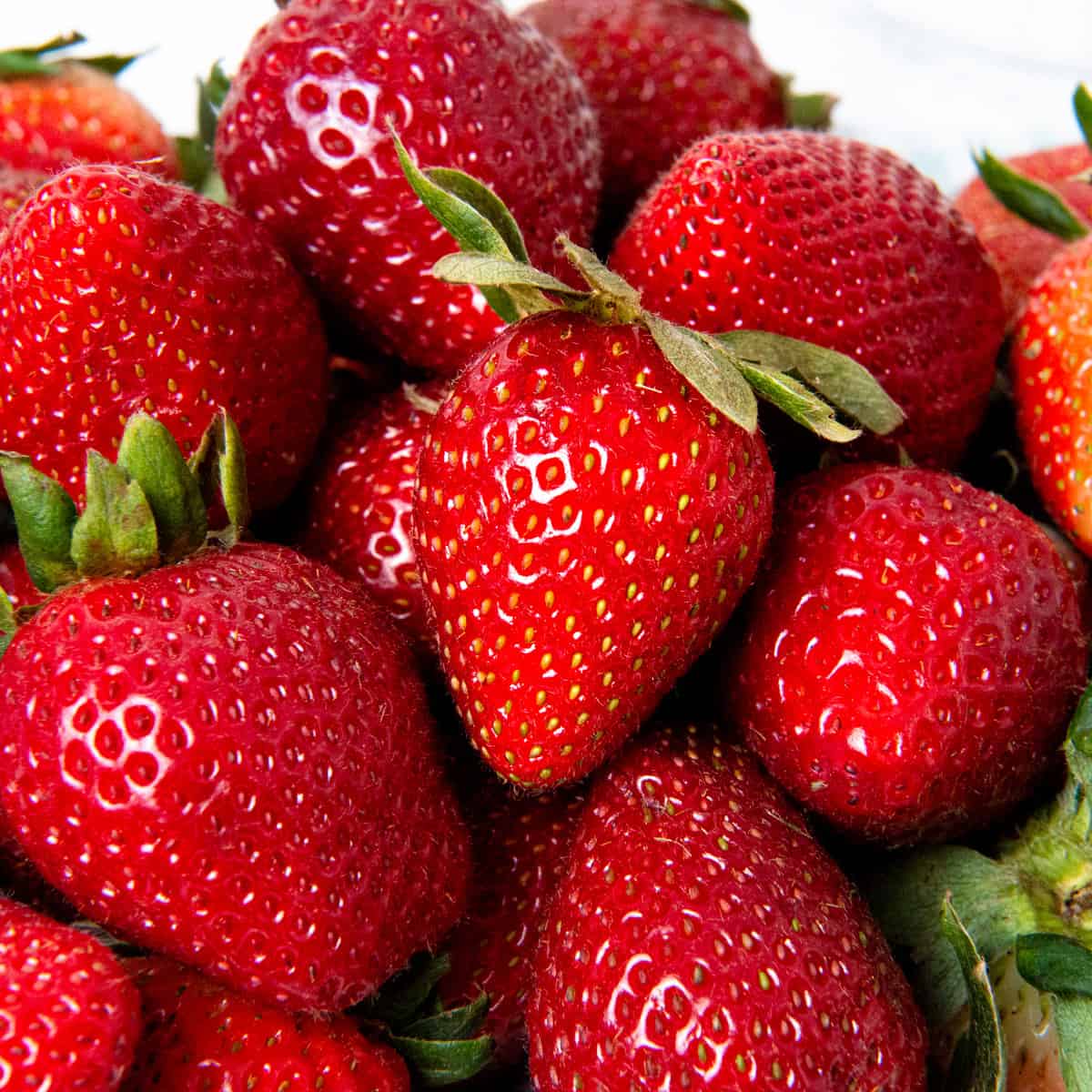
Fun Facts
- Strawberries might be blue, purple, white, or golden, as well as pinkish-red or bright red.
- Have you tried pineberries? This cultivar resembles strawberries although they're a light creamy pink in color and have a hint of pineapple in the flavor.
- Strawberries have more Vitamin C per ounce than oranges.
- Each strawberry has about 200 seeds on the outside.
- California grows around 80% of the strawberries in the United States.
- There is a strawberry museum in Belgium.
- Strawberries are usually the first fruit to ripen in the spring.
Now you know the best way to store strawberries, you will be able to keep your ripe berries fresh for up to a week, or even longer if you freeze them. There are so many fantastic strawberry recipes to try, making it well worthwhile to buy plenty of these wonderful berries and try some of them out!







